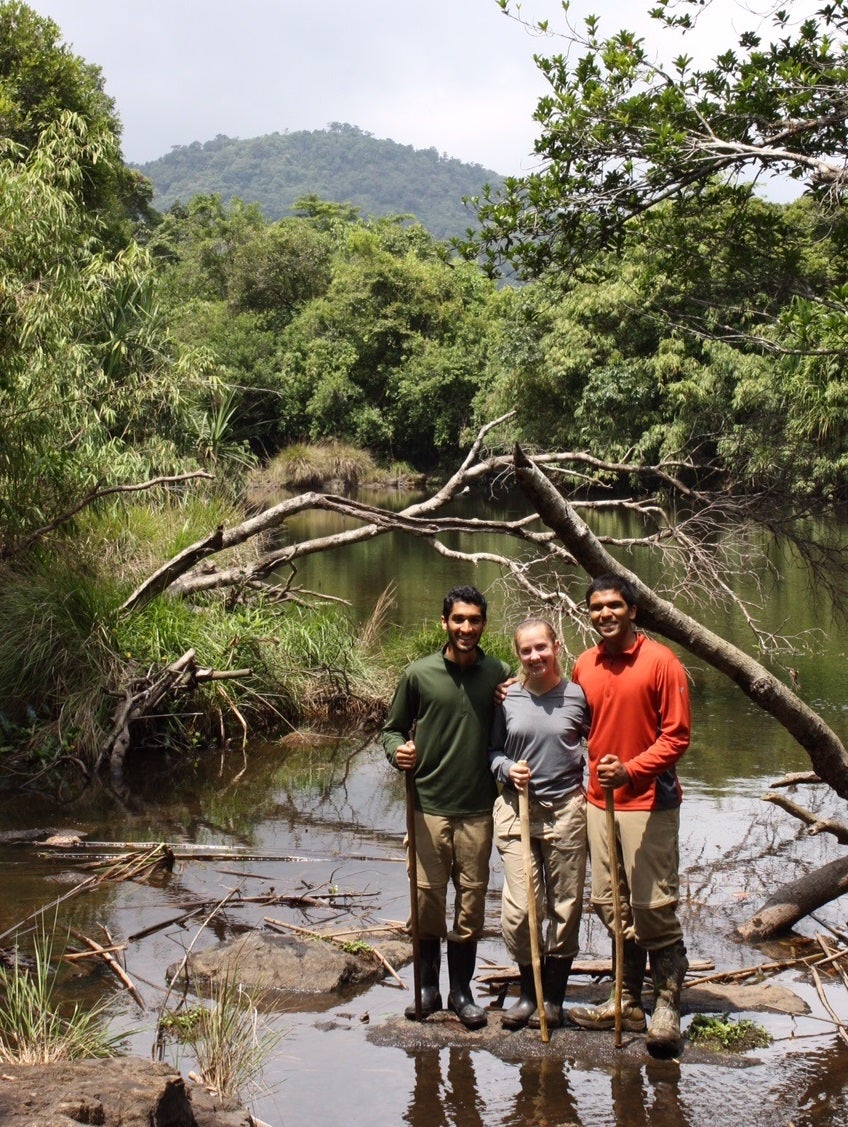When I was younger, I fantasized about becoming a Jane Goodall for the millennial generation. I imagined living in the wilderness to study animals’ behavior and help conserve land. During college, I briefly lived out my dream when I spent a summer in the biodiversity-rich Western Ghats region of India, living and working on a private wildlife sanctuary where I studied the local flora.
The sanctuary was an island of preserved land, surrounded by vast farms that dominated the region’s landscape. While there, I had an epiphany – one that brought me back to my own family’s agricultural history on a farm in Iowa.
I realized that if we don’t work with farmers to conserve wild places, we will never be able to create truly sustainable environments for animals and humans. If I really wanted to make an impact on the Ghats region and its biodiversity, I’d need to move beyond a private sanctuary and back toward my family’s farming roots.
India showed me first-hand the need to partner with farmers. Spending summers on my family’s farm in Iowa and steering the tractor with my grandfather taught me to appreciate the integral role farmers play in maintaining balance in the ecosystem – and that farming is incredibly hard work. Both of these experiences still influence my agricultural career, which is focused on deploying the SUSTAIN™ platform, developed by United Suppliers, Inc. in coordination with EDF, to assist growers in improving fertilizer efficiency and soil health. Read More












